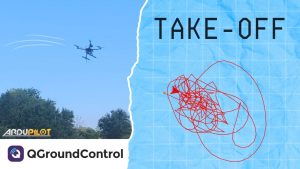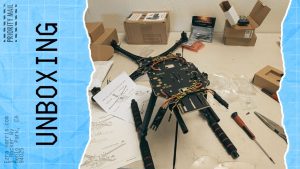Category: Technology
Posts that are tech related
-
Circumventing Safety Features
I recently encountered an interesting problem when configuring all three drones simultaneously with the Skybrush drone management software. I would power up all three drones and connect them to the network I configured for them. All three would appear on my laptop. After double-checking that they were actively connected, I manually rebooted each one and…
-

NeoPixel With ArduCopter
I got the NeoPixel LEDs working with Arducopter and natively updating with the Drone’s current status: The hardware setup for powering the lights was as easy as soldering my UBec to the output voltage pads to take power directly from the battery input. The wiring for controlling the LEDs was also fairly straightforward. I utilized…
-

Drone Light Show (Part 3) – Build Goes Sideways
Unfortunately for me, the takeoff did not exactly go “up” but rather sideways. When pushing the throttle stick, the drone would start to lean backward and or start rotating when meant to fly straight up…
-

Drone Light Show (Part 2) – Hardware
the build consists of mostly HolyBro components, while not being cheap they offered a reliable and well-documented parts compared to the competitors or parts I would have gotten cheaper off AliExpress.